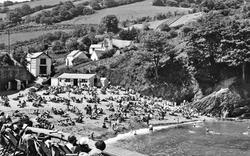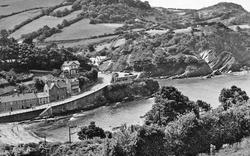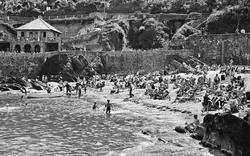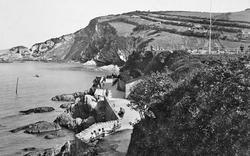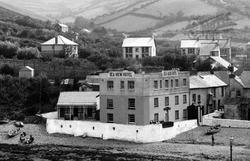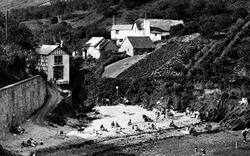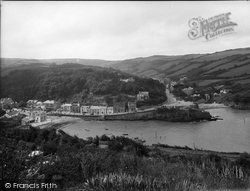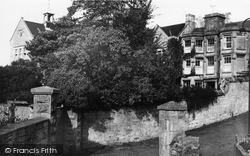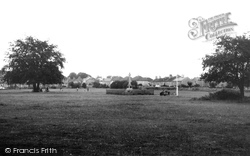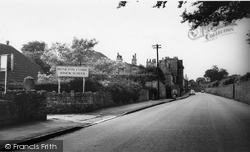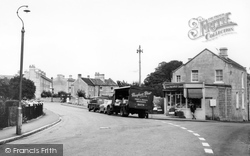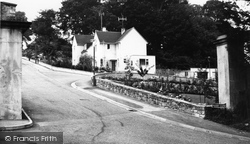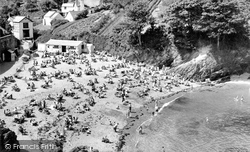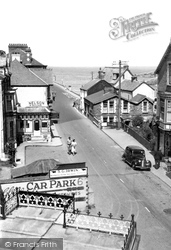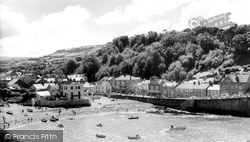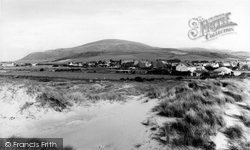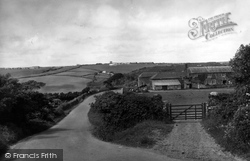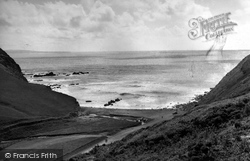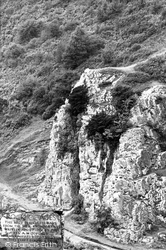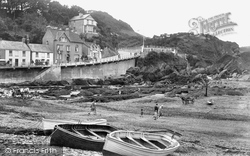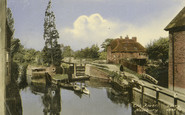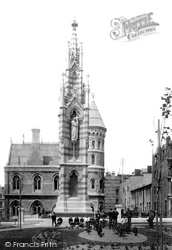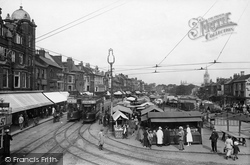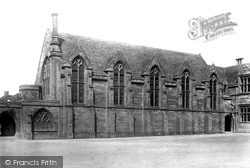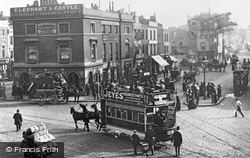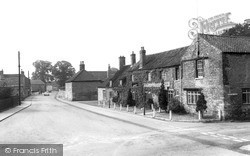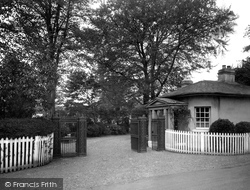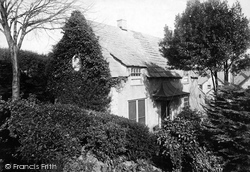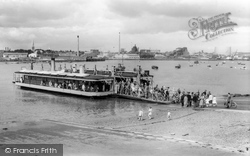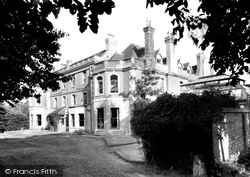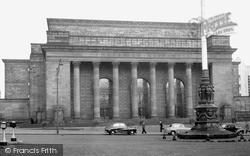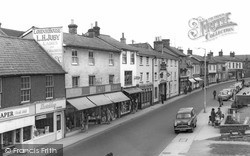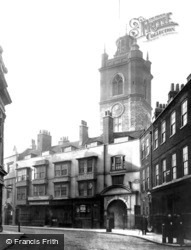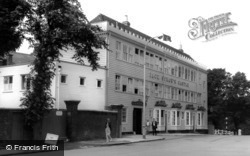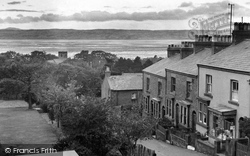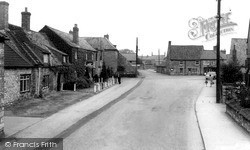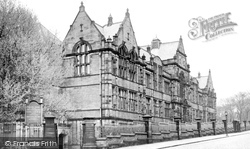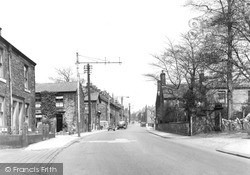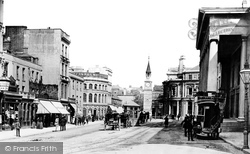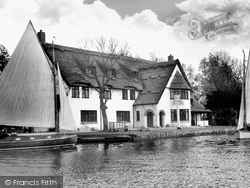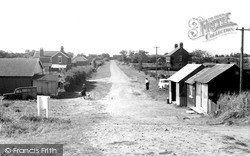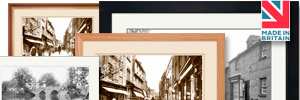Places
31 places found.
Those places high-lighted have photos. All locations may have maps, books and memories.
- Combe Martin, Devon
- Castle Combe, Wiltshire
- Combe Down, Avon
- Milton Combe, Devon
- Combe St Nicholas, Somerset
- Monkton Combe, Avon
- Burrington Combe, Avon
- Combs, Derbyshire
- Combe Raleigh, Devon
- Combe, Sussex
- Combe, Oxfordshire
- Combe, Berkshire
- Combs, Yorkshire
- Combs, Suffolk
- Combe, Hereford & Worcester
- Combe, Devon (near Blackpool)
- Combe, Devon (near Salcombe)
- Combe, Devon (near Buckfastleigh)
- Combe, Somerset (near Somerton)
- Combe Almer, Dorset
- Combe Fishacre, Devon
- Combe Florey, Somerset
- Combe Hay, Avon
- East Combe, Somerset
- Combe Common, Surrey
- Combe Pafford, Devon
- Combe Throop, Somerset
- Combs Ford, Suffolk
- Abbas Combe, Somerset
- St Combs, Grampian
- Combe Moor, Hereford & Worcester
Photos
704 photos found. Showing results 141 to 160.
Maps
161 maps found.
Books
Sorry, no books were found that related to your search.
Memories
1,238 memories found. Showing results 71 to 80.
Our Part In Hitlers Downfall
Tettenhall was a logistical centre for the Normandy Landings. Americans were stationed in Danescourt House - long since demolished. However several of the troops have returned over the years, some of whom were ...Read more
A memory of Tettenhall in 1944 by
Happy Days
I, Allen Rix, was born and grew up in Jersey Marine from 1933 to 1951 when I left to join the RAF. Living through World War 2 was hard for a lot of people but for us it was a gat time, even though we had to endure the bombing of ...Read more
A memory of Jersey Marine by
Bomb Crater At The Bottom Of Ramillies Road
We moved to 52 Worcester Crescent, Mill Hill early in 1939 not long before the outbreak of the war. I am now 83 but I can clearly remember the bomb crater at the bottom of Ramillies Road. If you come ...Read more
A memory of Mill Hill by
Whetstone Hey Shops
I remember the triangle of shops at the top of Whetstone Hey in(1962), when I was about 7 years old. If you came up Whetstone Hey, from Valley Drive, on your left was Wartons Newsagents (what we called The Paper Shop). It ...Read more
A memory of Great Sutton by
C1948 1958 Townfield School
I was nerina lowther b1942 left school no exams 1958 but aged 50 got two hons degrees. Home flat above dry cleaners 29a coldharbour lane. Used to play in extensive bombed buildings. Recall early lessons in air raid ...Read more
A memory of Hayes by
Ilderton Road
I became a Bermondsey boy after moving from a prefab where I was born in the big snow in 1947. We lived at 14 Caulfield Road, Peckham, just around the corner from Jordans Dairy in Lugard Road s.e.15. (The last dairy farm in London). ...Read more
A memory of Bermondsey by
Life In Burghfield In The 1950s
The passageway led from Clayhill Road all the way through the village, and came out on the Reading Road, some 2 miles away, the passageway was used by us children daily as a short cut to school, and it went ...Read more
A memory of Burghfield Common in 1955 by
Smith The Grocer Of Chapel Road, Kessingland
My grandfather on my father's side, Jabez Herbert Henry Smith (known as Herbert) was born on 19th January 1885. At the tender age of 13 he was sent by his parents to take up a seven year apprenticeship ...Read more
A memory of Kessingland by
Newbury Bridge And Lock
This picture makes me feel warm inside. When I was a young boy, 9-11 yrs old, I would fish from the wooden fence in the picture to the lower right, casting under the Newbury Bridge. Hoping to catch a large barbil or Samson the ...Read more
A memory of Newbury by
West Wittering In The 1940s And 50s
My first memories are of playing on the huge expanse of sand at West Wittering and the bombing tower which used to be there after the war. We stayed on the beach till late and were put to bed in the back of ...Read more
A memory of West Wittering by
Captions
232 captions found. Showing results 169 to 192.
St Andrew's Cross was part of old Plymouth, much of which was destroyed in succesive bombing raids by the German Luftwaffe during the last war.
On the night of 14 November 1940, German bombs destroyed the ancient cathedral church of St Michael.
Another loss is the spire on St Nicholas's Church (background right); after the church was bombed out in June 1942, the funds could not stretch to a spire when it was rebuilt.
Following bomb damage in the 1940 air raid, the building was altered in 1956; its outward appearance took on an Elizabethan style in contrast to this austere Gothic design.
Heavy bombing during the Second World War led to a redesign of the traffic flow and yet another rebuilding of the pub.
The village lost its medieval church to bombs in World War II and has expanded much since the War, partly due to Lincoln's proximity and partly to the RAF.
That edifice failed to survive the Second World War, having been wrecked by a V1 flying bomb in July 1944. Its owners then gave the park to the borough council.
It was damaged by a German bomb in an air raid on 14 May 1941, and demolished later in the Second World War.
The factory was destroyed by bombing in 1940, and under the new bridge is a memorial to R J Mitchell. Until the 1930s flying boats left here for the Channel Islands.
During World War II British soldiers camped in the grounds, whilst the house was used by a London-based engineering company whose premises had been bombed.
The front of the hall still bears the scars of the night during World War Two when a bomb landed to the side of the War Memorial, destroying a static water tank into the bargain.
On the right is the forecourt of the Congregational Church, which was rebuilt in 1955 following its destruction by a German bomb in 1940.
The road has now been truncated to allow for the building of the Barbican; the church survived severe Second World War bombing to stand in the way of the development, which was completed in the early 1980s
The original Jack Straw's Castle pub was destroyed by bombs during the Second World War; it was rebuilt in the early 1960s by the noted Classical architect Raymond Erith in Georgian Gothick
During May 1941, Heswall was bombed, the school lost three classrooms and the headmaster's daughter and her fiancé were killed.
Inside is the Oval Hall, where up to 2,800 people can be seated for concerts.The front of the hall still bears the scars of the night during World War Two when a bomb landed to the side of the War
The medieval church was destroyed by bombs in World War II intended for Lincoln or the RAF base, but in this view we look north past the Horse and Jockey pub in a view little changed since 1960.
On the night of 14 November 1940, German bombs destroyed the ancient cathedral church of St Michael.
To the right are the trees of Thompson Park — it was fortunately among them that Burnley's only Second World War bomb fell.
Tottington's unusual claim to fame is that it is one of the most northerly places to have suffered a hit from a German V1 flying bomb, or Doodlebug, during the Second World War.
Ten thousand buildings were destroyed, and seventy thousand more damaged by the bombing.
Ten thousand buildings were destroyed, and seventy thousand more damaged by the bombing.
The Ferry Inn has had a chequered history, having been bombed on 27 April 1941 when 42 people were killed. After being rebuilt in 1956, disaster again struck with a fire in 1965.
The lane just stops here, but not at the sea –beyond is an RAF bombing range. There are danger signs and red flags all over the place.
Places (31)
Photos (704)
Memories (1238)
Books (0)
Maps (161)


